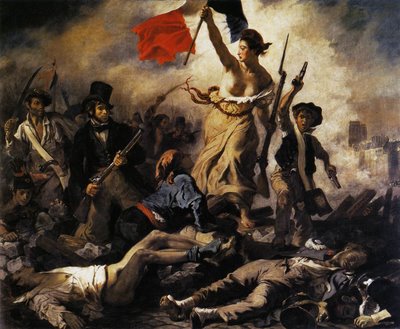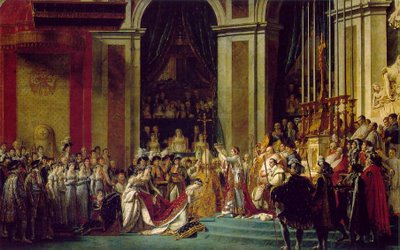The Political Spectrum

If liberalism is the philosophy which holds that a society should strive for the maximum freedom and flourishing for all of its members and conservatism is the philosophy which holds that society is much more complex than our limited minds can understand, then a policy of slow social progress could unite the two without contradiction. But since there are many other ways to define these concepts, they manage to often come into conflict.
The expression of these philosophies, along with that of their analogs “left” and “right,” changes over time. The later terms originated in the assemblies of revolutionary France, when the monarchists sat on the right and the representatives of the bourgeoisie sat on the left. The former wanted to conserve traditional ways and power, and the latter wanted to adopt policies of free markets and political freedom that would liberate modern capitalism.
By 1900 these concepts had changed meanings. Now, the status quo was capitalism, so to be conservative was to support the maintenance of this system. Arguing that in a society based on an urban and industrial market economy the flourishing of the individual required adjustments of the harshest of the market’s outcomes, liberals by now advocated what we would recognize as progressive economic reforms. Hence today’s neoliberalism is true to the original concept of economic liberalism. (Neoconservatism refers to both the fact that many of its adherents were new to conservatism and to the fact that their pro-big government and pro-war philosophical combination was new, or at least newly explicit.)
One helpful pair of parameters for thinking about today’s political spectrums are 1) economic conservatism, which favors smaller government and fewer restrictions on the market, versus economic liberalism, which calls for ongoing reform of free-market capitalism to create a fairer society; and 2) social conservatism versus social liberalism. And while the two often go together, with George W. Bush and Al Gore circa 2000 representing more or less pure versions, they often do not. Libertarians, who tend to be economic conservatives and social liberals, represent the most common blended ideology.
The “pure” versions of liberalism and conservatism contain some basic contradictions. Liberalism depends for its moral authority on much that is traditional in Western political thought, the dependence on individual rights being a good example of this. When surveying the state of the world, liberals often use rights as the basis for an ethical judgment against social practices, such as in the civil rights movements. But if these types of critiques fail to acknowledge the fact that the society and culture that they are criticizing are also the source of the rights they invoke, they are effectively hypocritical and aesthetically shrill.
Conservatives are faced with another contradiction: while social conservatism calls for a celebration of the past, maintenance of tradition, and a preference for a slow pace of societal change, economic conservatism and a minimally restrained free market lead to rapid changes in how people are expected to and required to live. The free market may dictate, for example, moving manufacturing overseas, but this movement will radically alter the way of the life of the workers who lose their jobs.
To be continued...


0 Comments:
Post a Comment
<< Home